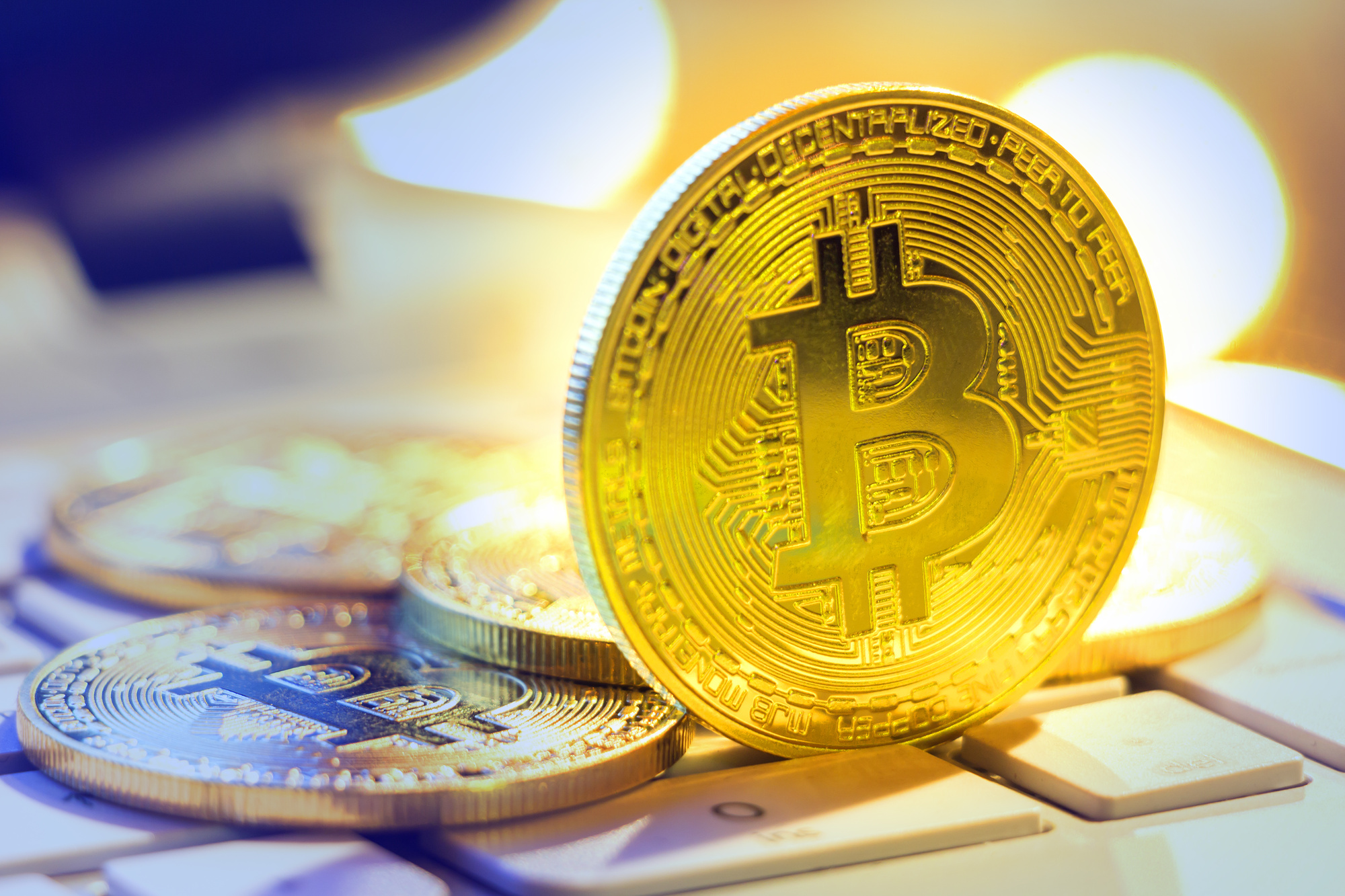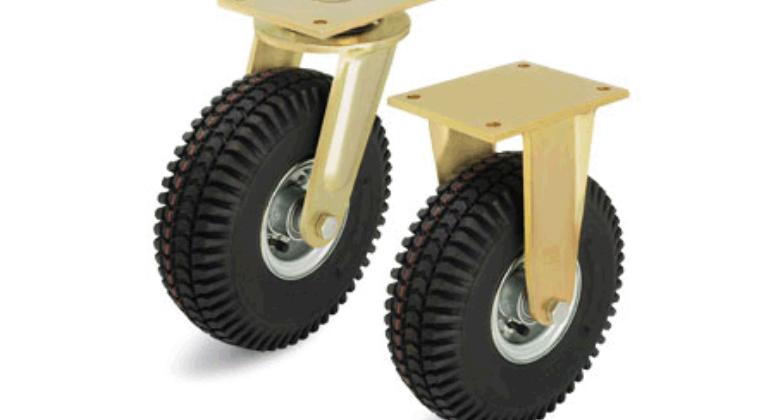
Bitcoin was the first cryptocurrency based on blockchain technology. It was made as a peer-to-peer payment system that allowed people to transfer value without the need for any central authority or third party. The network is maintained by anonymous miners all over the world.
The fact that no one institution has control over the currency or exchange means that Bitcoin and many other cryptocurrencies run on decentralized exchanges.
Also, the people who maintain the Bitcoin ledger and mine more Bitcoins can then earn more Bitcoins. This means that the issuance of money is truly independent.
Private banks lend money to governments at interest and create debt-based economies. This doesn’t take place on a decentralized exchange.
If you’re interested in learning more, then continue reading and we’ll take you through how decentralized exchanges work.
What Is a Decentralized Exchange?
A decentralized exchange (DEX) is an exchange market that doesn’t rely on third-party services to hold a consumer’s money. Instead, trades occur between users directly. This system can be established by making proxy tokens or assets.
All transactions are saved to a public ledger so that no mistakes can be made about how much money each person has.
How Does a Decentralized Exchange Work?
Before Bitcoin was invented, the only way to exchange money digitally was through a private bank or a platform like Paypal. Even then, the money used was still issued and controlled by the government. Bitcoin was able to change all of that by making a decentralized currency.
Now, individuals can trade money directly, without the need for a bank. Each Bitcoin transaction is recorded and confirmed by the Bitcoin community. There’s no single point of failure so it’s practically impossible to shut down or control the system.
How Are Decentralized Exchanges Different from Centralized Exchanges?
In a centralized exchange, users need to be identified and their money has to be kept in accounts that are owned by institutions. The exact opposite takes place on a decentralized exchange.
A centralized exchange is in charge of keeping a person’s accounts safe and secure. They completely control the operation of the platform and make decisions on their own on how to run the service.
A decentralized exchange is managed by the platform participants. The platforms provide the technical capabilities to the users so that they can trade money directly. A distributed ledger is used for storing and processing all of the data.
The goal of a DEX is to allow users to move money between each other. A DEX doesn’t store any money or manipulate the money supply.
There is also the Uniswap Liquidity platform. This is a platform that lets people trade and make transactions without trust or permission. If you’re interested, you should learn more about Uniswap liquidity.
The Importance of Knowing How a Decentralized Exchange Works
If you’re interested in using cryptocurrencies, then you should arm yourself with as much knowledge as possible. And that means knowing how a decentralized exchange works so you can make better financial and technological decisions.
Make sure to check out the rest of our site for more helpful articles!
Pearl M. Kasirye is a writer at Kemistri.co, editor, and researcher who spends most of her time reading. When she isn’t reading or working, she can be found sitting on her balcony writing her own novels or traveling.







